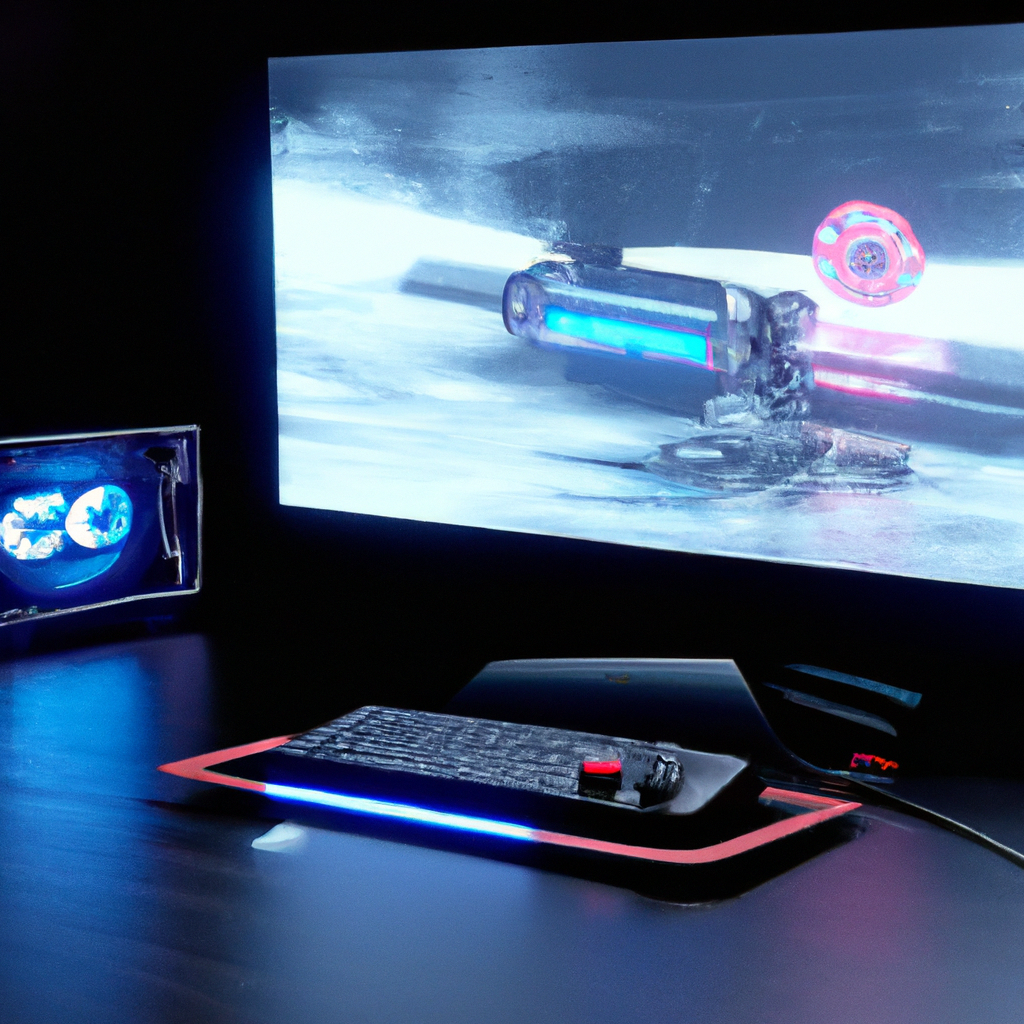Video games have become a massive part of the entertainment industry worldwide, and gaming consoles are the backbone of this industry. These consoles are designed to process graphics in a way that makes gaming a smooth and enjoyable experience. In this article, we will explore how gaming consoles process graphics and the technology behind it.
What is a gaming console?

A gaming console, also known as a video game console, is a device that is specifically designed to play video games. It is a dedicated hardware device that connects to a TV or monitor and allows users to play video games using an input device like a controller. Some popular gaming consoles in the market include PlayStation, Nintendo Switch, and Xbox.
How does a gaming console process graphics?
A gaming console is essentially a computer that is designed to process graphics efficiently. The processing of graphics in a gaming console involves several components, including the CPU, GPU, RAM, and storage. Let us explore each of these components in detail.
CPU
The CPU, or Central Processing Unit, is the brain of the gaming console. It processes all the instructions and commands that the console receives. The CPU in a gaming console is specifically designed to handle multiple tasks simultaneously, making it possible to run complex video games.
GPU
The GPU, or Graphics Processing Unit, is responsible for rendering the graphics in video games. It takes the data from the CPU and converts it into images that are displayed on the screen. The GPU in a gaming console is designed to handle complex graphics processing tasks, making it possible to render high-quality graphics in video games.
RAM
RAM, or Random Access Memory, is the temporary storage space that the gaming console uses to store data that it needs to access quickly. This includes the data required to render graphics in video games. The more RAM a gaming console has, the faster it can process the graphics in a video game.
Storage
The storage in a gaming console is used to store the game data and other files required to run the console. There are two types of storage in a gaming console: HDD and SSD. HDD, or Hard Disk Drive, is the traditional storage medium that is slower than SSD. SSD, or Solid State Drive, is a faster storage medium that is more expensive than HDD. Gaming consoles with SSD storage can load games faster, resulting in shorter load times.
Gaming technology in consoles
The gaming technology in consoles has advanced significantly over the years. The latest gaming consoles are equipped with cutting-edge technology that makes it possible to render high-quality graphics in video games. Some of the latest gaming technology in consoles include:
- Ray tracing technology – This technology allows for the rendering of realistic lighting and shadows in video games.
- High Dynamic Range (HDR) – This technology enables the display of a wider range of colors and brightness levels, making the graphics more realistic.
- 4K resolution – This technology allows for the rendering of graphics in ultra-high definition, resulting in sharper and more detailed images.
Console hardware
The hardware in a gaming console plays a crucial role in how it processes graphics. Gaming console manufacturers invest heavily in the hardware to ensure that the console can handle the latest video games. Some of the hardware components in a gaming console include:
- Graphics card – This is the component responsible for rendering graphics in video games.
- Processor – This is the brain of the gaming console, responsible for processing all the instructions and commands that the console receives.
- Memory – This includes RAM and storage, which are used to store data required to render graphics in video games.
- Input/output ports – These are used to connect the console to a TV, monitor, or other devices like controllers and external storage devices.
Conclusion
Gaming consoles are designed to process graphics efficiently, making it possible to render high-quality graphics in video games. The processing of graphics in a gaming console involves several components, including the CPU, GPU, RAM, and storage. Gaming technology in consoles has advanced significantly over the years, resulting in the latest consoles being equipped with cutting-edge technology like ray tracing, HDR, and 4K resolution. The hardware in a gaming console plays a crucial role in how it processes graphics, and manufacturers invest heavily in the hardware to ensure that the console can handle the latest video games.






